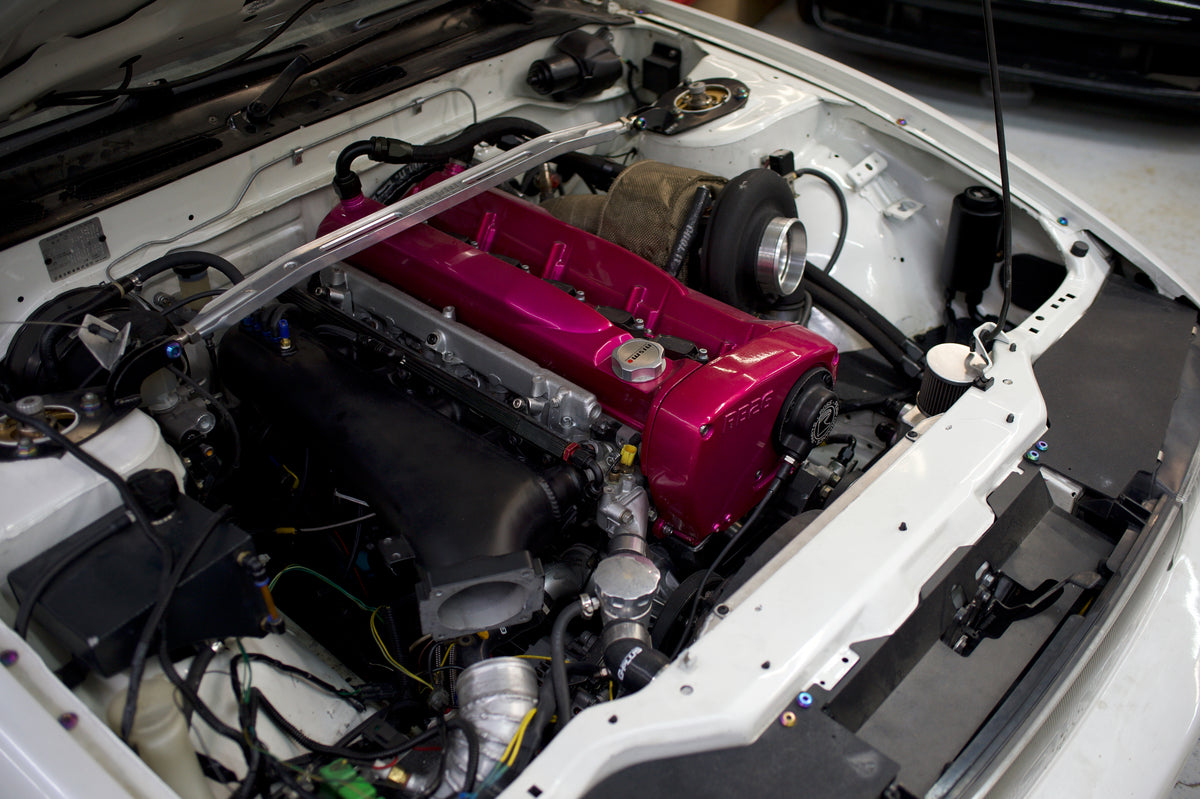At some point while chasing power, you're going to come up against a point where the fuel available is not sufficient to realize the maximum potential of your build. Big turbo or big displacement, you need more fuel, faster - the only question to answer is: brushed, or brushless?
Fuel pumps have benefited from innovation over the years. Now, as performance enthusiasts, we have been gifted the choice between two technologies when it comes to pumps, traditional brushed pumps and the modern newcomer, brushless pumps.
Odds are though, if you made it to our store, you're more interested in brushless pumps and their benefits and gains rather than understanding the differences between brushless and standard brushed pumps.
Benefits of Brushless Pump technology
-
Form Factor
Brushed Pumps and Brushless Pumps are both pumps, and yes pumps pump fuel, but not all pumps are built equally.
When it comes to brushless pumps, those from Protec at SixtySix Motorsport. It is completely possible for someone looking for a pump to find 2 pumps that have equal flow rates, but the brushed pump would usually be much larger. The size of the pump affects things like mounting position, tank size, and many other factors when it comes to your performance build. Manufacturers of high-performance cars have drifted away from standard pumps in favor of brushless pumps allowing them to extract more performance from a platform that can essentially stay the same with some small alterations done to it.
-
Fuel Temperatures
High Capacity pumps generate heat while running, this is why for the most part manufacturers started placing fuel pumps inside the fuel tank, where the surrounding fuel would help keep it cool. In a performance-oriented car, lower fuel temperatures help allow the engine to achieve its target horsepower and torque target more consistently. As the pump works though, and its temperature increases the fuel flowing through the pump carries that heat with it into the engine. Higher Fuel temperatures make managing ignition more difficult. Brushless fuel pumps have solved this issue with their frictionless design. Yes, all devices when underload will produce heat, but with the heat of friction mitigated, for the most part, fuel temperatures are consistently lower than their brushed counterparts. Fuel modeling becomes easier, and with consistent temperatures, the power target is also maintained.
-
Power Draw
Electrical systems on cars have many demands, features are constantly being added, and this requires higher electrical outputs but also means that capacity is at a premium. Let’s revisit the example of a flash-tuned car, its electrical system unless upgraded was specified by its manufacturer. Adding a high capacity brushed pump though more inexpensive may not be an option because the system may not be able to support it, this then leads to what many persons have experienced, “Electrical Gremlins”. Devices not receiving their fair share of the energy needed to power them. A Brushless solution can match the flow capacity and demands of a high capacity brushed pump, at a fraction of the power demand on the car’s electrical system.
Form factor, Fuel Temperature, and power draw can really make the difference when looking for a fuel pump solution. We hope this can give you some guidance in your decision-making. Coming up next let's look at Fuel Surge tanks and their purpose.



